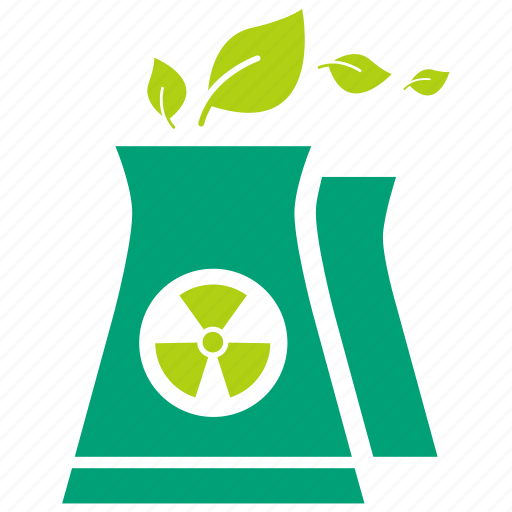The cost of cleaning up the U.K.'s largest nuclear site, “is expected to spiral to £136 billion” (about $176 billion), according to the Guardian, creating tension with the country’s public-spending watchdog.
Projects to fix the state-owned buildings with hazardous and radioactive material “are running years late and over budget,” the Guardian notes, with the National Audit Office suggesting spending at the Sellafield site has risen to more than £2.7 billion a year ($3.49 billion).
Europe’s most hazardous industrial site has previously been described by a former UK secretary of state as a “bottomless pit of hell, money and despair”. The Guardian’s Nuclear Leaks investigation in late 2023 revealed a string of cybersecurity problems at the site, as well as issues with its safety and workplace culture. The National Audit Office found that Sellafield was making slower-than-hoped progress on making the site safe and that three of its most hazardous storage sites pose an “intolerable risk”.
The site is a sprawling collection of buildings, many never designed to hold nuclear waste long-term, now in various states of disrepair. It stores and treats decades of nuclear waste from atomic power generation and weapons programmes, has taken waste from countries including Italy and Sweden, and is the world’s largest store of plutonium.
Sellafield is forecast to cost £136bn to decommission, which is £21.4bn or 18.8% higher than was forecast in 2019. Its buildings are expected to be finally torn down by 2125 and its nuclear waste buried deep underground at an undecided English location. The underground project’s completion date has been delayed from 2040 to the 2050s at the earliest, meaning Sellafield will need to build more stores and manage waste for longer. Each decade of delay costs Sellafield between £500m and £760m, the National Audit Office said.
Meanwhile, the government hopes to ramp up nuclear power generation, which will create more waste.
"Plans to clean up three of its worst ponds — which contain hazardous nuclear sludge that must be painstakingly removed — are running six to 13 years later than forecast when the National Audit Office last drew up a report, in 2018… "
“One pond, the Magnox swarf storage silo, is leaking 2,100 litres of contaminated water each day, the NAO found. The pond was due to be emptied by 2046 but this has slipped to 2059.”


